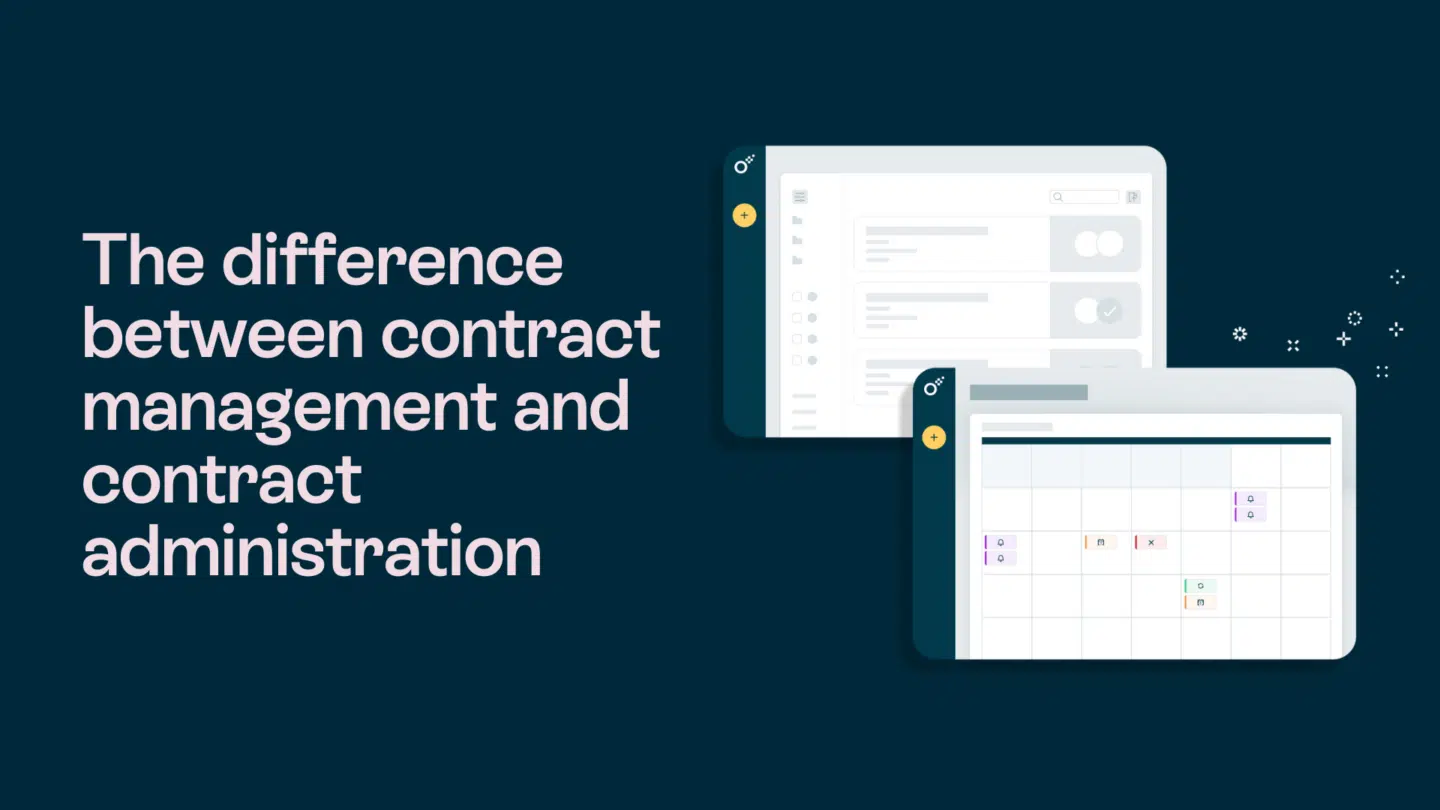In today’s digital age, where information and transactions are conducted online, the need for robust risk management systems has become paramount for enterprises. One technological solution that has gained significant traction is the use of digital signatures. These cryptographic tools not only ensure the authenticity and integrity of digital documents but also play a fundamental role in mitigating risks.
Understanding digital signatures
Before delving into the intersection of digital signatures and risk management, it is crucial to grasp the basics of this innovative technology. Digital signatures are electronic equivalents of handwritten signatures, providing a way to verify the identity of the signer and the integrity of the signed document.
Read also: What is a digital signature?

The basics of digital signatures
In essence, a digital signature utilizes mathematical algorithms to create a unique code that is appended to a document. This code, or digital fingerprint, enables recipients to verify the authenticity and integrity of the document. Digital signatures rely on public-key cryptography, where the sender uses their private key to sign the document, and the recipient uses the sender’s public key to validate the signature.
Let’s dive deeper into the mathematical algorithms used in digital signatures. These algorithms are designed to generate a hash value, which is a fixed-size string of characters that represents the entire contents of the document. The hash value is then encrypted using the sender’s private key, creating the digital signature. This process ensures that any changes made to the document will result in a completely different hash value, rendering the signature invalid.
Moreover, digital signatures also incorporate a timestamp to provide additional evidence of the document’s integrity. The timestamp is generated by a trusted third-party called a timestamp authority (TSA). By including the timestamp in the digital signature, it becomes possible to prove that the document existed in its current state at a specific point in time.
The role of encryption in digital signatures
Furthermore, encryption plays a vital role in the effectiveness of digital signatures. By encrypting the document before signing it, digital signatures not only provide validation but also ensure the confidentiality of the information. This encryption layer adds an extra level of security, making it virtually impossible for unauthorized individuals to tamper with or forge the document.
Let’s explore the encryption process in more detail. When encrypting the document, the sender uses a symmetric encryption algorithm, which means that the same key is used for both encryption and decryption. This key is securely shared with the recipient, ensuring that only authorized parties can access the contents of the document.
Additionally, digital signatures can also be enhanced with the use of digital certificates. A digital certificate is a digital file that binds a public key to an entity, such as an individual or an organization. These certificates are issued by trusted certification authorities (CAs) and serve as a way to verify the authenticity of the sender’s public key. By including the digital certificate in the digital signature, the recipient can validate the signature using the CA’s public key.
Read also: Why Oneflow is a contract platform for everyone

The intersection of digital signatures and risk management
Now that we have a solid understanding of digital signatures, let’s explore their symbiotic relationship with risk management in enterprises. Digital signatures help identify potential risks and offer an efficient means to mitigate them, safeguarding critical business interests.
Identifying potential risks in enterprises
Enterprises face numerous risks, ranging from unauthorized access and data breaches to contract disputes and fraudulent activities. These risks not only compromise sensitive information but can also lead to substantial financial and reputational damages. However, with digital signatures, businesses can proactively identify vulnerabilities and implement preemptive measures to minimize potential risks.
How digital signatures mitigate these risks
Digital signatures provide a robust mechanism for reducing risks. By ensuring the authenticity and integrity of digital documents, they minimize the possibility of unauthorized modifications, tampering, or forgery. Furthermore, they create an auditable trail, enabling enterprises to track and verify who signed the document and when.
Benefits of digital signatures in risk management
Implementing digital signatures offers several advantages, bolstering risk management practices within enterprises.
Enhanced security measures
Digital signatures provide an additional layer of security, assuring stakeholders that the document originated from a trusted source and has not been altered during transmission. This heightened sense of security instills confidence among customers, partners, and stakeholders, strengthening business relationships.
Improved efficiency and productivity
Traditional processes involving paper-based signatures are not only time-consuming but also prone to errors. Digital signatures streamline these processes, eliminating the need for physical paperwork, reducing administrative overhead, and accelerating the pace of business transactions. This efficiency boost allows enterprises to focus on their core competencies and ultimately enhance productivity.
Read also: How to digitize a signature?

Implementing digital signatures in your enterprise
Transitioning to a digital signature system can be a daunting task for enterprises. However, with proper guidance and a strategic approach, the implementation process can be seamless and rewarding.
Steps to incorporate digital signatures
When incorporating digital signatures, it is crucial to assess the specific needs and requirements of your enterprise. Identify areas where enhancements can be made, such as contracts, invoices, or employee onboarding processes. Collaborate with trusted technology providers who can offer tailor-made solutions that align with your business objectives.
Overcoming challenges in implementation
While digital signatures offer significant benefits, they may also present certain implementation challenges. These challenges primarily revolve around integrating digital signature systems with existing infrastructure, ensuring compliance with industry regulations, and providing comprehensive user training. By mitigating these challenges, enterprises can leverage digital signatures effectively.
Read also: How to keep data secure in hybrid workplaces
Future of digital signatures in risk management
The continuous evolution of technology brings forth exciting possibilities for the future of digital signatures, revolutionizing risk management practices in enterprises.
Emerging trends in digital signatures
As technology advances, digital signatures are poised to become more seamless, user-friendly, and integrated into various digital ecosystems. Biometric authentication, blockchain technology, and artificial intelligence-driven verification methods are some of the emerging trends that promise to further strengthen the security and effectiveness of digital signatures.
Predictions for the future of risk management
Looking ahead, digital signatures will undoubtedly play a critical role in transforming risk management practices. Their widespread adoption will lead to streamlined processes, reduced costs, and enhanced security, cementing their position as a fundamental tool for enterprises in safeguarding critical assets and reducing potential risks.
The key takeaways
Digital signatures present immense opportunities for enterprises to strengthen their risk management practices. By understanding the basics, recognizing their role in mitigating risks, and implementing them strategically, businesses can maximize the benefits offered by this technological innovation. Embracing digital signatures will not only enhance security but also drive efficiency, productivity, and ultimately help enterprises thrive in the digital realm.







